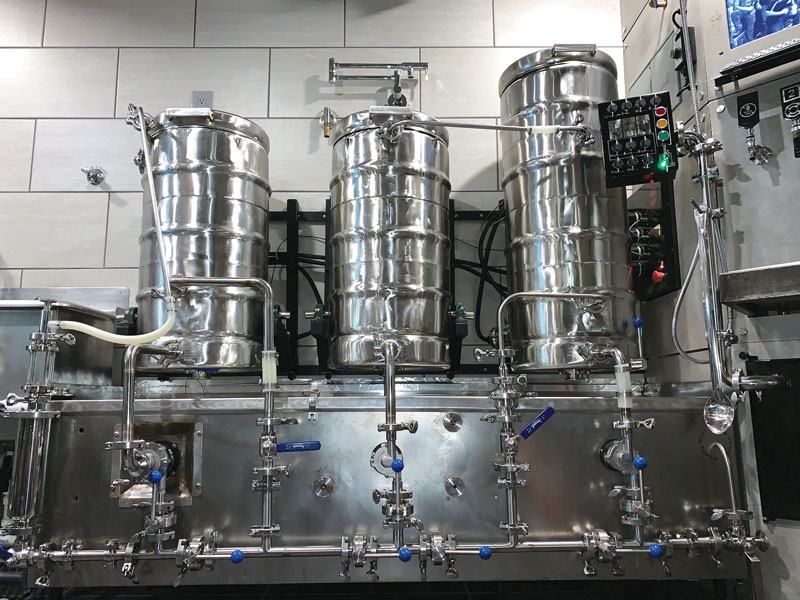New to Brew
There are hundreds of resources available to homebrewers looking to clone the world’s most popular beers. But, inevitably, we’ve all stumbled upon that obscure brew that flies below the radar — be
With qualities that prevent it from rusting, stainless steel is highly regarded and often used in every facet of homebrewing — from stainless kettles with stainless immersion coolers, to hot liquor tanks, mash
Aging your homebrew in an oak barrel can add more dimensions to your beer by imparting complex wood characteristics such as vanilla, cloves, coconut, or caramel, but barrels are not ideal for
One of the essential skills you will come across when homebrewing, especially if you brew a style that is high in gravity, is racking. This is when beer is moved from one
One of the best things about growing your own hops is the opportunity to then experiment with them in your homebrew. One way to do this is to try fresh hopping (sometimes
Whether it is grains, hops or adjuncts used in brewing, the freshness of your ingredients makes a huge difference. When it comes to grains, you can order them pre-crushed, but if you
Many homebrewers bypass the step of filtering their homebrew and instead use fining agents and cold crashing (storing the beer after fermentation has completed in a cold place for a week or
Spices allow for countless variations and experiments in homebrewing — in styles that require it like pumpkin ales and Belgian wits, to saisons or wheat recipes that you may want to add
Aeration can be done immediately before adding your yeast or right after, but you don’t want to aerate your wort until it is cooled to fermentation temperature. Aerating hot wort can lead to unwanted color pick-up and decreased solubility.
If you are an extract brewer, there is a good chance you will hear (if you haven’t already) that you need to be doing full-wort boils (boiling your entire 5-gallon/19-L batch of
In addition to the purpose we know it best for — making beer — malt extract can be a tremendous ingredient to keep on hand in the kitchen. Next time you find
Part of the joy in homebrewing is making a beer that is uniquely your own, and one way of taking that a step further is by roasting your own malt. All you’ll
